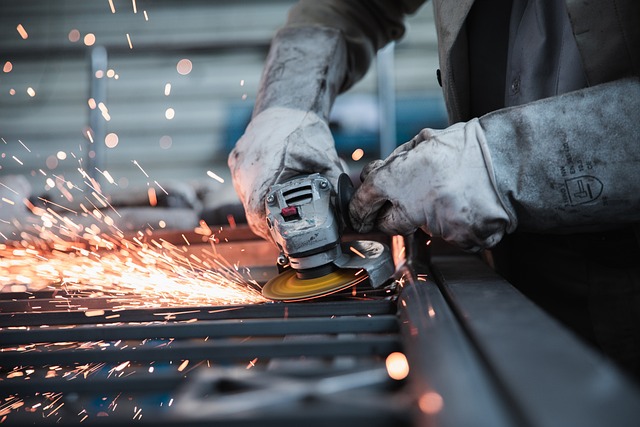Do you know the dirtiest areas of your office? According to a study by the University of Arizona, most offices have some pretty nasty areas. In this blog post by janitorial services Victoria BC provider Fantastic Cleaning we will discuss the five dirtiest areas of your office and how to clean them.
The sink
The sink is often one of the dirtiest areas in an office. It is a common place for bacteria to grow and spread. The reason for this is that the sink is often used for washing hands, which can spread bacteria from the hands to the sink.
In addition, the sink is often used for cleaning dishes, which can also spread bacteria. To help prevent the spread of bacteria, it is important to keep the sink clean. This means sanitizing it regularly with a disinfectant cleaner. In addition, it is important to dry the sink after use, as wet surfaces are more likely to harbor bacteria.
By taking these simple steps, you can help to keep your office sink clean and free of harmful bacteria.
The coffee pot
A recent study found that the coffee pot is one of the dirtiest things in an office. The study found that the coffee pot is often covered in bacteria.
In fact, the study found that the average coffee pot contains more than 500 different types of bacteria. The study also found that the bacteria levels in a coffee pot are higher than those in a toilet bowl.
The researchers say that the coffee pot is so dirty because it is often used as a dumping ground for unwanted coffee grounds and cups.
The study also found that the coffee pots in offices are often cleaned less frequently than other items in the office, such as keyboards and phones.
As a result, the coffee pot is a breeding ground for bacteria. The researchers say that if you must use a communal coffee pot, be sure to clean it with hot water and soap before using it.
You should also avoid putting your mouth on the spout of the coffee pot, as this can lead to contamination.
The microwave
The microwave is one of the dirtiest things in an office. It’s covered in bacteria, and it’s a breeding ground for mold and mildew. The problem is that people don’t clean their microwaves very often.
In fact, most people only clean them when they spill something or when they see something growing. But by then, it’s too late.
How to clean it? The best way to clean a microwave is to use a vinegar solution.
Mix one part vinegar with two parts water, and put it in a spray bottle. Then, Spray the inside of the microwave with the solution and let it sit for five minutes.
After five minutes, wipe the inside of the microwave with a damp cloth. The vinegar will kill bacteria and mold, and it will also help to break down any food residue.
For tough stains, you can use a scrub brush. Just be sure to rinse the inside of the microwave with water before you use it again.
The refrigerator
A recent study conducted by the University of Arizona found that the average office refrigerator is home to more than 400 different types of bacteria. That’s nearly double the number of bacteria found on a toilet seat.
In fact, the refrigerator is one of the dirtiest things in an office. The study found that refrigerators are often cleaned less often than other office surfaces, and that food spills are not always cleaned up properly.
This provides a perfect environment for bacteria to thrive. Moreover, because people often store food on their desks, the bacteria can spread to other surfaces in the office.
To prevent the spread of illness, it is important to clean your refrigerator regularly and to make sure that all food spills are cleaned up immediately.
The doorknobs
If you think your office desk is a hotbed of bacteria, you might want to take a closer look at the doorknobs. A recent study found that doorknobs are one of the dirtiest areas in an office, with an average of 9 times more bacteria than a toilet seat.
The study also found that doorknobs are especially likely to be contaminated with staphylococcus and Enterobacteriaceae, both of which can cause infections.
So, how can you protect yourself from these bacteria-laden doorknobs? The best way is to wash your hands thoroughly after touching them. You should also avoid touching your face or eating until you’ve had a chance to wash your hands.
And if you’re really worried about the bacteria on your doorknob, you can always use a paper towel or tissue to open the door.







